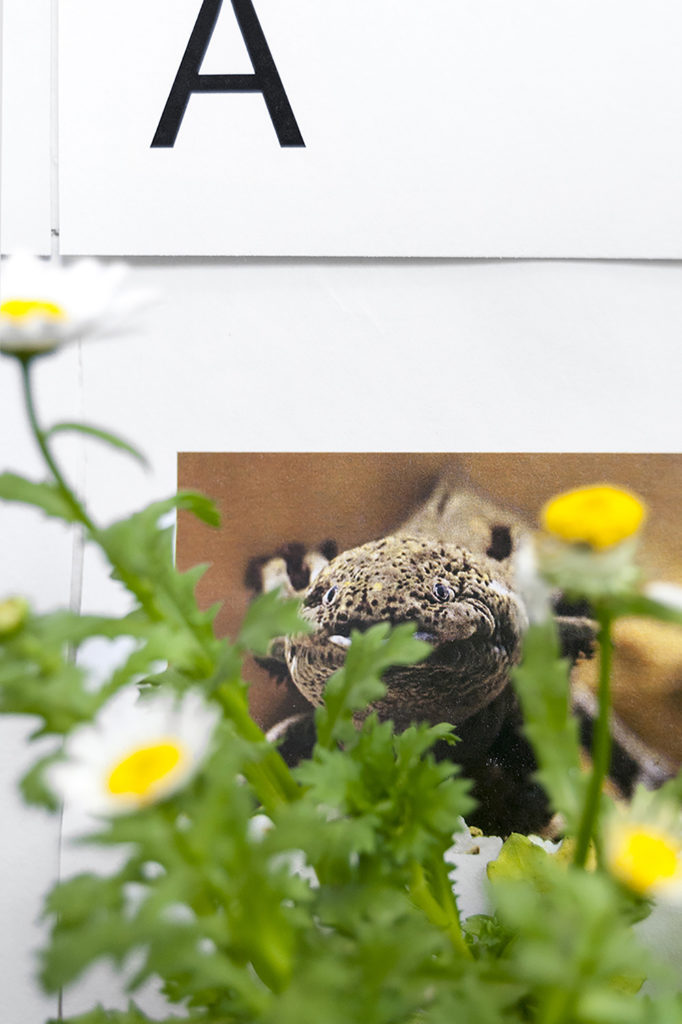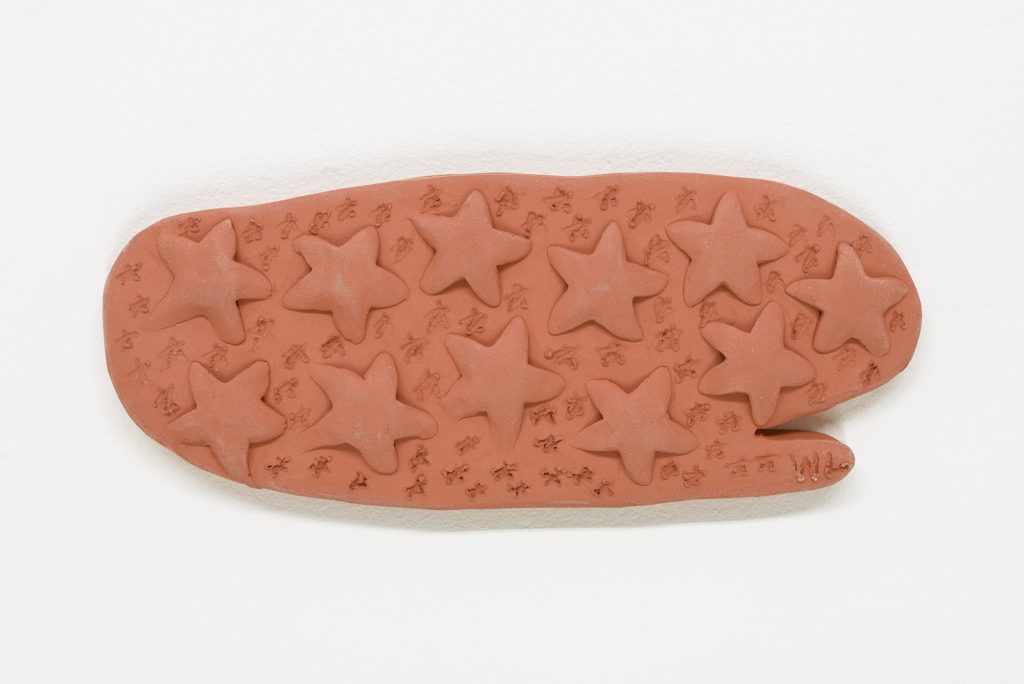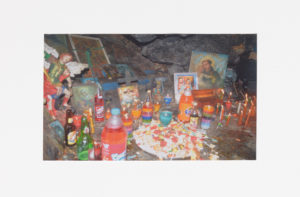Born in Martinique from ancestors who had been colonized and transported to the Caribbean, writer and critic Édouard Glissant spent his life involved in anti-colonialism — its political movements and poetic interventions. Articulating how the imperialist ‘West’ wields its conception of other cultures as a tactic of domination, he writes in Poetics of Relation, “if we examine the process of ‘understanding’ people and ideas from the perspective of Western thought, we discover that its basis is this requirement for transparency. In order to understand and thus accept you, I have to measure your solidity with the ideal scale providing me with grounds to make comparisons and, perhaps, judgments. I have to reduce.”

Glissant proposes the framework of opacity, or irreducibility, arguing that decolonialism depends on the capacity for compassion and acceptance to be unhitched from the compulsion to name and classify. Opacity is the freedom from reduction. Opacity is the refusal of explanation to others. Opacity is the reclamation of definition on one’s own terms. “We clamor,” Glissant famously declares, “for the right to opacity for everyone.”
This month, Syllogy opens at Veronica, an independent project space in Seattle, curated by manuel arturo abreu, and runs from July 22nd to September 16th. Bringing together the works of Winslow Laroche, Adriana Ramić, Aria Dean, as well as their own, abreu observes a through line among the practices of the artists that play with genre disorientation, blurred boundaries, and ambiguity as a response to the politics of language. abreu tells me that, in regards to the exhibition, “I’m interested less in illegibility as a strategy and more in it as a dance, a sidestep.” Ramić’s piece in the show will be similar to her work Machine that the larvae of configuration at Kimberly Klark in New York, of hundreds of index cards lined against the wall that resemble methods of species classification. The cards play with our sense of apophenia, or the tendency to perceive meaningful patterns within random data, like detecting faces on lunar craters. Ramić’s cards are arbitrary while appearing systematic, what abreu calls a ‘taxonomic parody.’

abreu will display their book, also named the non-word Syllogy, of photos of walls that have been ‘buffed,’ the process of covering up graffiti, which results in distinct paint-block mosaics, like sloppy Rothkos, that obscure the graffiti beneath like censor pixels. Dean’s work will include a piece of encrypted tablet and a piece similar to ‘Dead Zone (1),’ now showing at Condo New York and Los Angeles’ Château Shatto, of a cotton branch embalmed in polyurethane, a bell jar, wood, and a signal jammer. To abreu, the piece’s tensions bring to mind “all the ways that people of color, particularly Black people, travail contradictory histories.” Laroche will present ceramics which is anticipated to be similar to those included in their Taye Diggs joint show at New York’s Motel.
Thought and strategies on opacity have burgeoned alongside the maturity of the information age and its technologies, such as GPS tracking and face-recognition software, as social media and cameras have become ubiquitous tools for consensual and non-consensual mass surveillance. Recent examples include anti-facial-recognition camouflage, or Hito Steyerl’s case for spam images as a withdrawal from data-mineable images. We’ve seen resurgences in asemic writing (an open semantic, ‘meaningless’ form of writing), which writer Rahel Aima suggested as “the last refuge from #content,” and turns to abstract expression, what Quinn Latimer deems “the role of poetry in a world of appearances.” For Glissant, one practice of opacity was altering his French, the site of his own tensions between his heritage and the aftermath of the subjugation of his people. According to his translator Betsy Wing, Glissant experimented with his writing to destabilize the language, injected it with fragments and repetitions, creating new linguistic formations that more mimicked the living language among the colonized.

What opacity can offer is a reprieve from the social relations that demand answers and comprehensibility. For people of color, and abreu emphasizes that particularly for Black people, opacity can be a haven from the exhaustion of classification, of visibility traps, of exteriorized marginalized life, of patronizing presumptions of the politicization of mundane actions. To consider opacity in this moment is to respond to the cultural zeitgeist that celebrates visibility of individualized difference as a mitigation of structural oppression. This celebration is often empty and even dangerous, as the systems for visibility are co-opted and monetized by the very structures that exacerbate the hierarchies of domination.
For abreu, Syllogy “plays with the slippage between reading and looking and the fantasy of escape for the circulation of information.” The artist and curator is interested in that more pure form of looking, in the words of Glissant, of “giving up this old obsession with discovering what lies at the bottom of natures.” It’s the refusal of categorization, but not capital-R, “We the Undersigned” refusal. It’s also a refusal of explanation of the refusal. It’s a refusal that doesn’t react to whiteness and other hegemonies, but strives to decenter them and practice their absence.

In an interview about White Ppl Think I’m Radical, a show with Hamishi Farah at London’s Arcadia Missa, Dean stated that “the exhibition is the friendship.” Farah adds that “the first thing is to use whatever resources we can get a hold of to link up, then stuff can come after that. You know, like you don’t want to project your idea of ‘the answer’ but just work on putting each other in the circumstance to come up with it together… art is a tool to enable stuff like this.” This framework, according to abreu, inspired Syllogy.
After all, friendship is its own roving language, of shorthands and signals and references, improvised and protectively turned inwards. Friendship in decolonial practice is a relation without commerce or transaction. Glissant saw the work of relationships as intertwined with the work of liberation: he writes that “it’s an identity that comes into being only through a relationship with somebody else; each and every identity is extended through a relationship with the other. Relation is not made of things that are foreign but of shared knowledge.” Syllogy is an exercise in sidestepping problematic visibility, and shielding other’s compulsions to reduce through a closed system of communication, opaque to those on the outside. **














